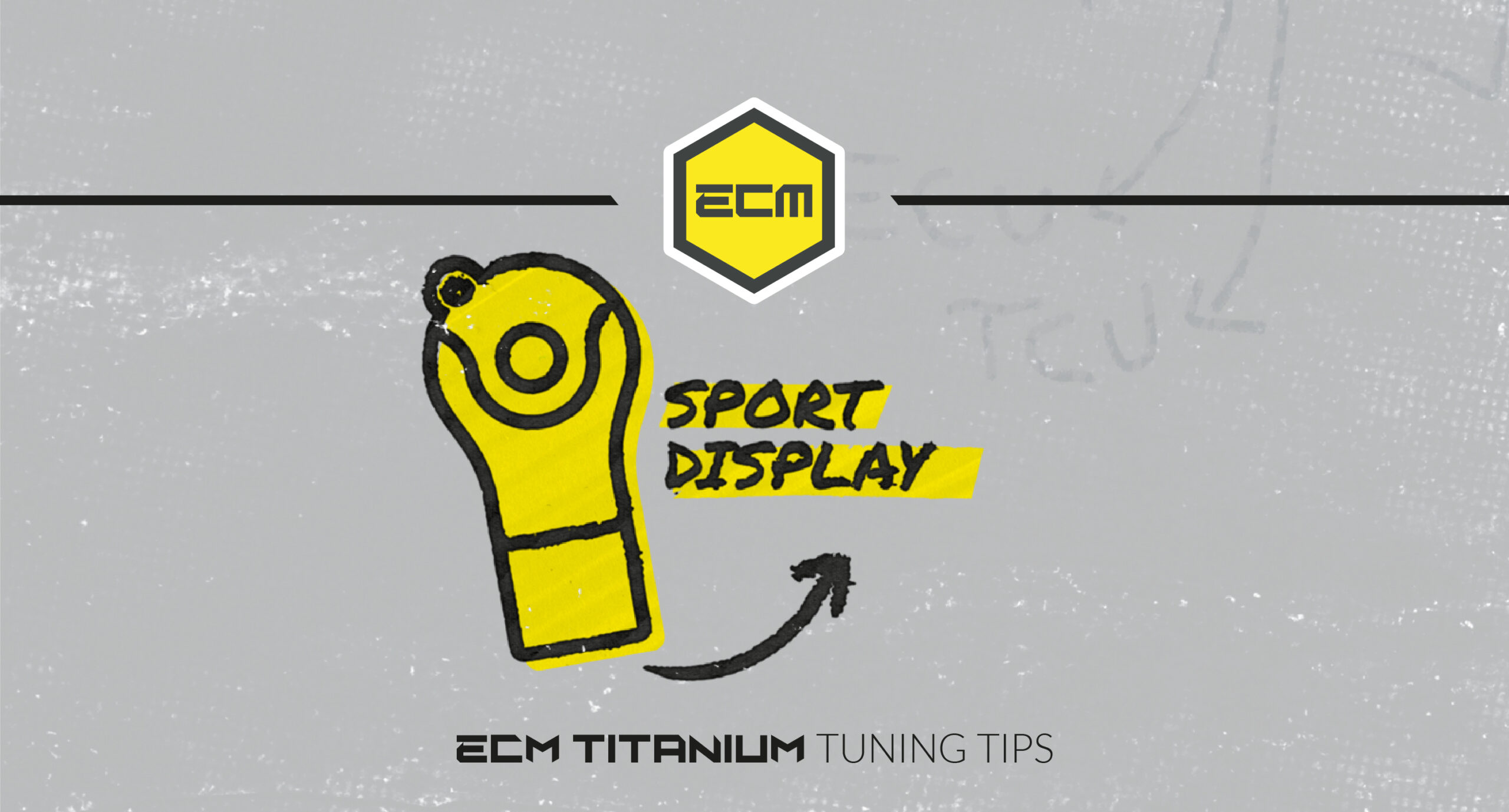
Sport Display Recalibration – ECM Titanium tuning tips
Sport Display Recalibration – ECM Titanium tuning tips
ECM TITANIUM – Drivers
The Alientech team that deals with the Drivers update focused on the Bosch EDC17CP54 equipped on Audi and Volkswagen vehicles. Find out what you can get thanks to ECM Titanium and the updated maps that you will find in the Drivers!
The ECUs involved is:
In addition to the standard maps useful to significantly increase the performance of these ECUs, we present some specific maps, which will lead you to even better results.
EDC17CP54
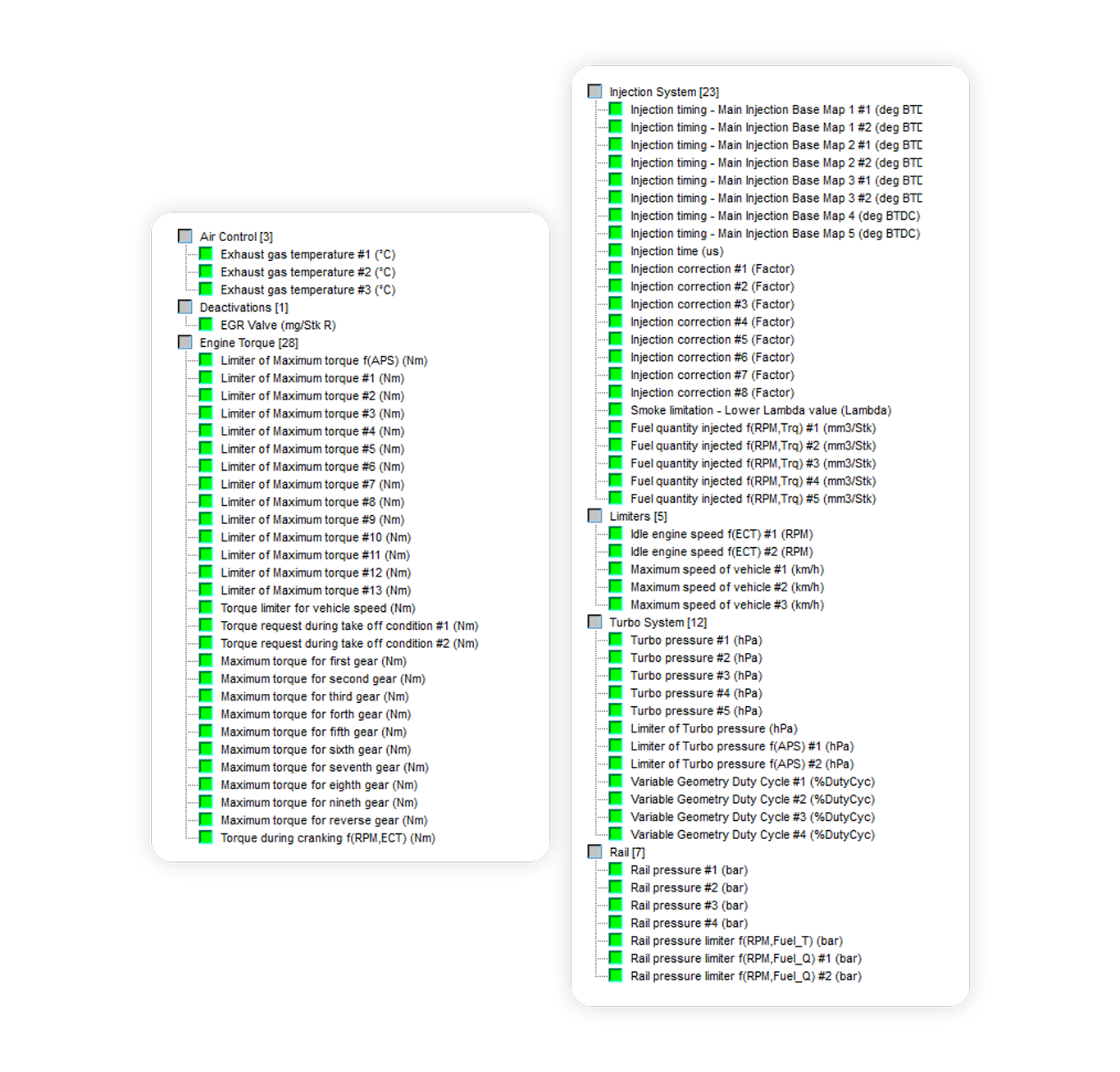
The special functions that can be modified using the new updated drivers for BOSCH EDC17CP54 are the following:
This is a map that manages the torque limitation according to absolute pressure sensor data.
The ECU, based on the pressure values detected by the sensor and on the basis of the engine rpm, corrects the maximum torque value delivered by the engine to always maintain optimal operating conditions (AFR, boost pressure, etc.). By increasing this map, the benefits in terms of torque gain are considerable, if modified in combination with the other parameters present on the ECM driver.

It is the map that manages the engine response and consequently the torque delivered based on the accelerator pedal position.
This map is generally modified in order to make the throttle more reactive, resulting in better engine response even at low revs. Definitely a great way to make the driving experience better and more engaging.

The EGR management map is used to deactivate the exhaust gas recirculation valve.
By setting this map to 0, this function is disabled, thus totally excluding the exhaust gases from the intake manifold.
Due to the severe emission regulations currently in force in the automotive sector, this valve is used to reduce NOx emissions through the collection of gases from the exhaust (which are reduced in temperature by a heat exchanger): it implements a reduction of the engine temperature, as these gases do not actively participate in combustion.
Its removal allows the engine to inlet “fresher” and cleaner air, improving the response at low revs, preventing deposits of particulate in the intake manifold, and optimizing its efficiency if associated with the modification of other key parameters, especially related to the fuel injection.
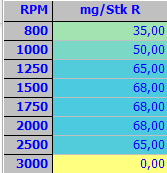
The increase in performance, and therefore in injected fuel, leads to an increase in temperatures in the exhaust gases. In most cars there are maps that manage engine protection in the event high EGT, but which are often set according to values lower than a critical temperature threshold at which to start a recovery. During the remapping we suggest to raise this threshold in order to avoid annoying engine recoveries, in case of more extreme remappings.

The map manages, according to various parameters such as fuel temperature, intake air temperature, or others, how to correct the diesel injected to keep engine parameters and temperatures under control. Generally, while remapping, by properly working on the injected fuel maps, you can choose to “disable” these corrections and set all these maps to value 1. This is because the value present in this map is nothing more than a correction value that multiplies with the values of injected fuel, removing or adding it according to engine conditions.

In the next few weeks, Drivers update on CONTINENTAL SIMOS10 – SIMOS18. Any examples?
SIMOS10
AUDI
Audi A1 1.2 TFSI 86 – 105CV
Audi A3 1.2 TFSI 105CV
SEAT
Ibiza 1.2 TSI 86 – 105CV
Seat Leòn 1.2 TSI 105CV
SKODA
Fabia 1.2 TSI 86 – 105CV
Roomster 1.2 TSI 105CV
Yeti 1.2 TSI 105CV
VOLKSWAGEN
Golf 1.2 TSI 86 – 105CV
Polo 1.2 TSI 86 – 105CV
Beetle 1.2 TSI 105CV
Jetta 1.2 TSI 105CV
SIMOS18
AUDI
S3 2.0 TFSI QUATTRO 310CV
S1 2.0 TFSI QUATTRO 230CV
SEAT
Leon Cupra 2.0 TSI 300CV
Ibiza Cupra 1.8 TSI 190CV
SKODA
Octavia VRS 2.0 TSI 245CV – 230CV
VOLKSWAGEN
Golf GTI 2.0 TSI 230CV
Golf GTI PERFORMANCE 2.0 TSI 245CV
Polo GTI 1.8 TSI 190CV
Beetle 2.0 TSI 220CV

Sport Display Recalibration – ECM Titanium tuning tips
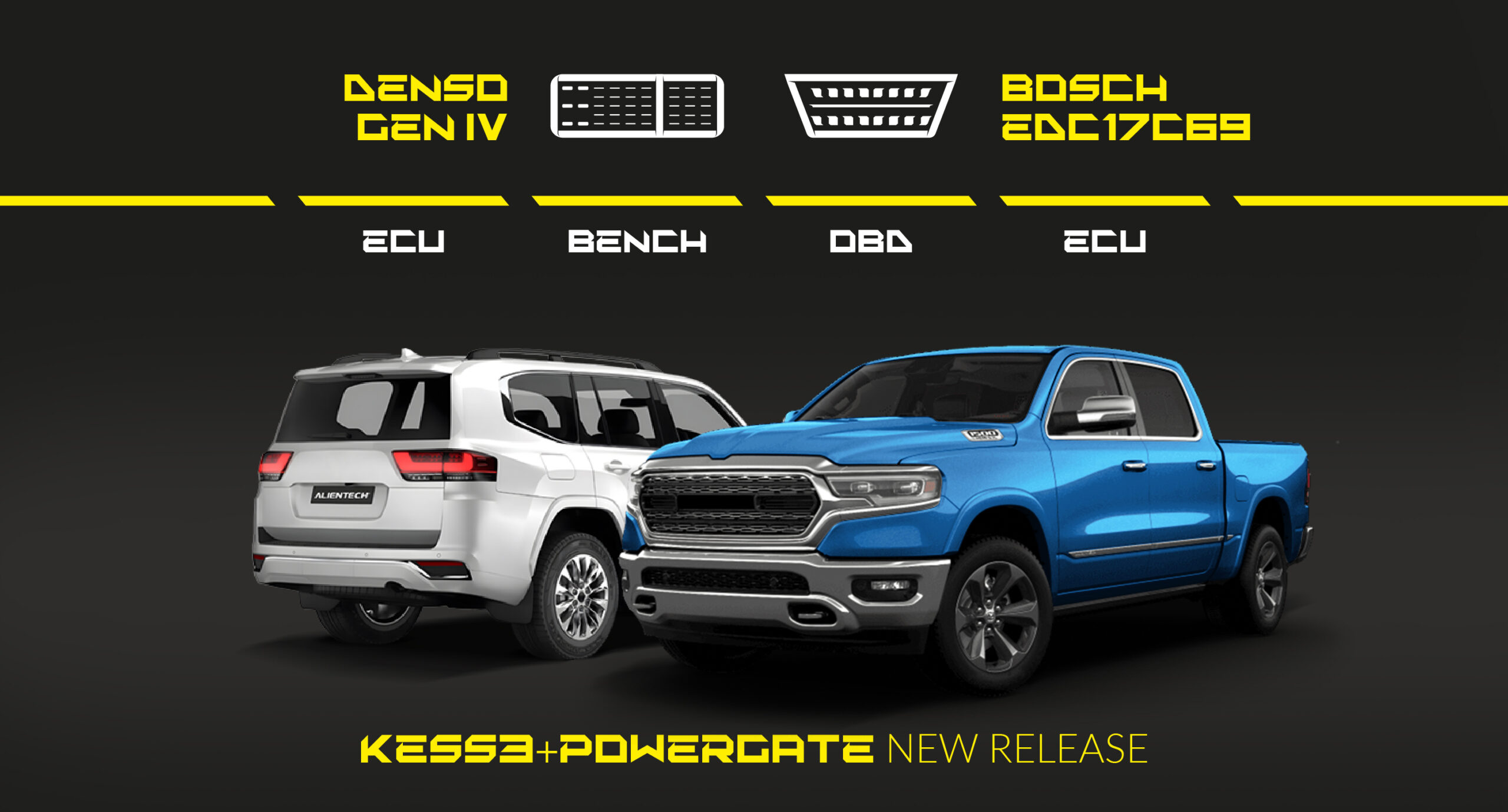
This new major development allows you to work on the Denso GEN IV R7F702002 V35A-FTS ECUs, installed in several off-road Toyota and Lexus models, as well as on 19 other control units, including both ECUs and TCUs.

Operate in all connection modes with 18 new protocols dedicated to the automotive world. This is one of the largest releases for KESS3: now expand your workshop’s intervention capabilities.

Easily and effectively modify engine parameters for several Chevrolet, Holden, and Opel vehicles.
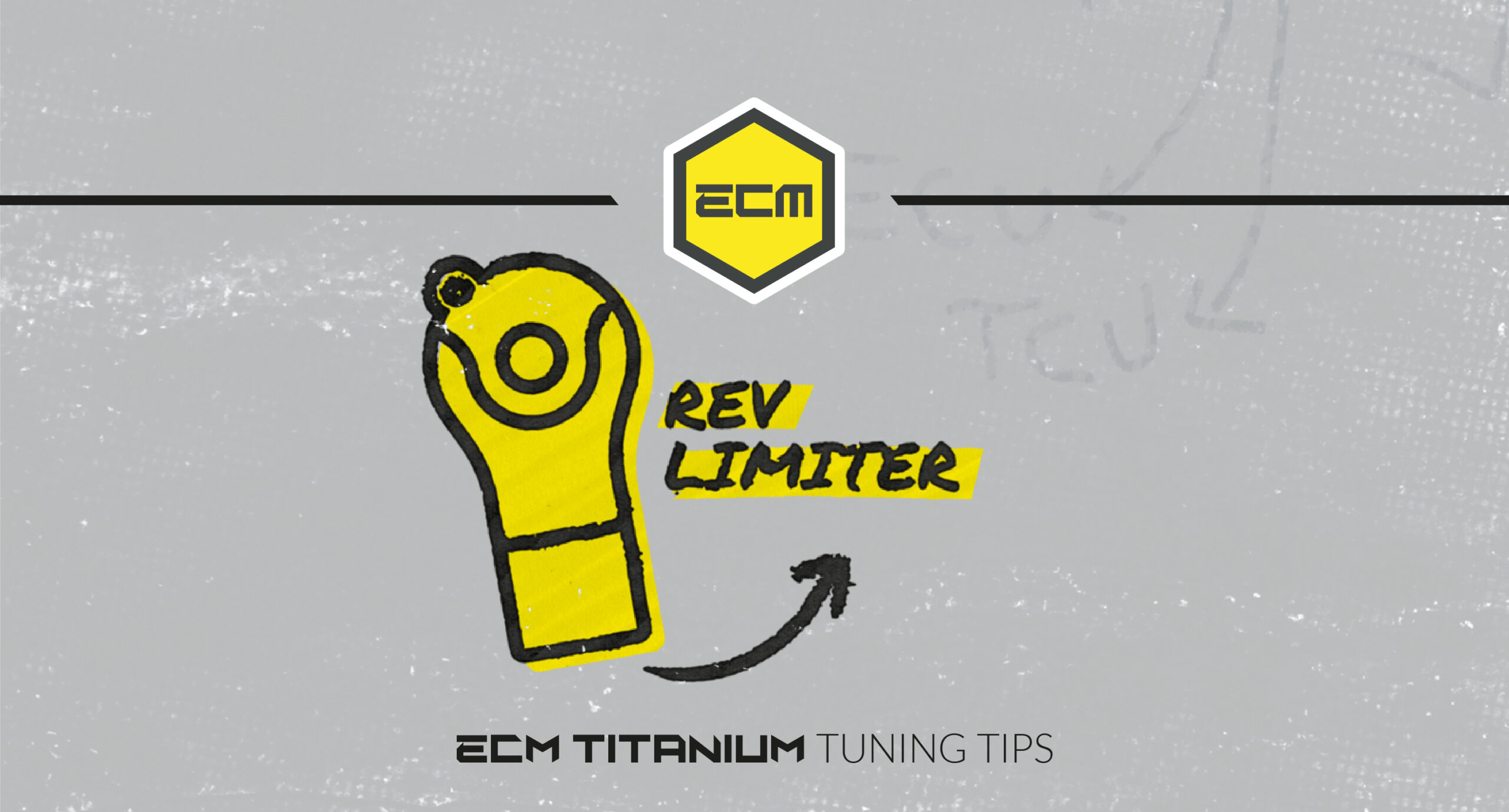
REV limiter – Diesel – ECM Titanium tuning tips